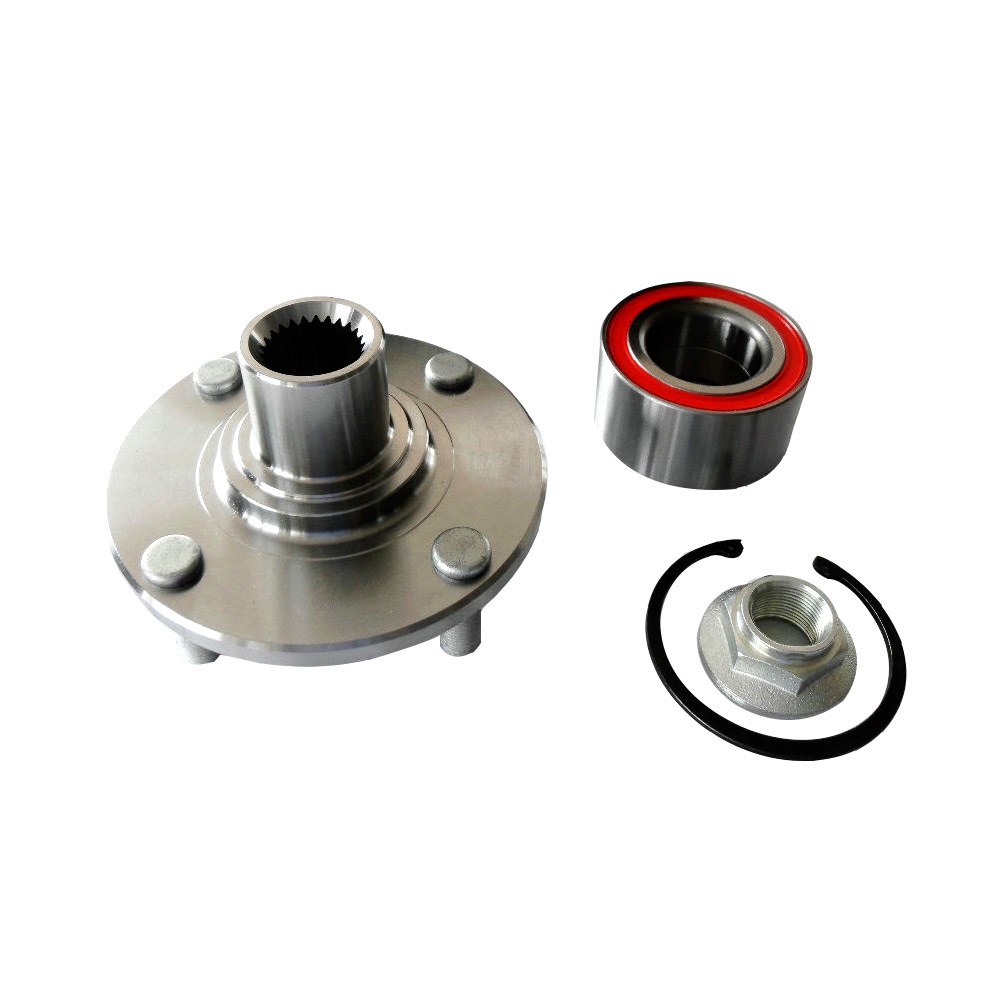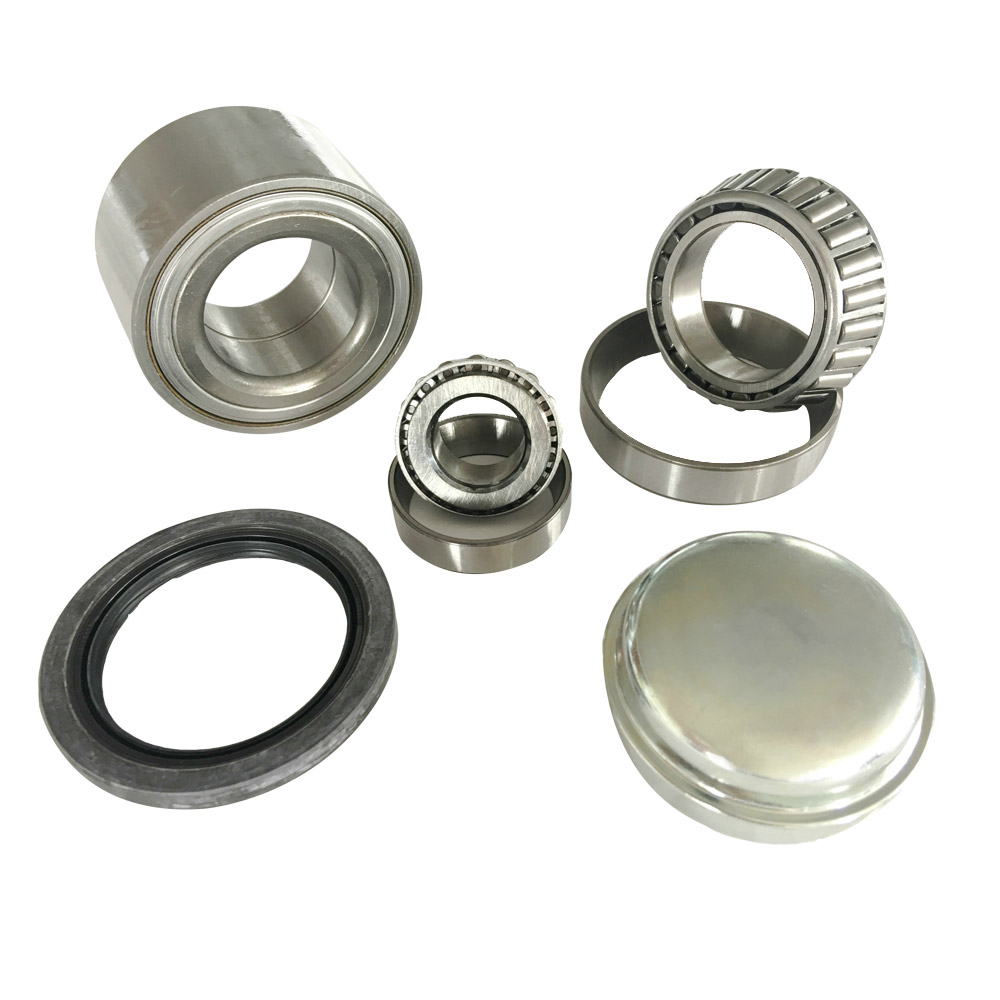When it comes to the safe and efficient operation of a vehicle, certain components often go unnoticed until they fail. One such critical part is the Wheel Bearing Hub Assembly Unit. Though small in size, this component plays a major role in ensuring a smooth ride, responsive handling, and overall vehicle safety. So, what exactly is a wheel bearing hub assembly unit, and why should vehicle owners and mechanics pay close attention to it?
In this article, we’ll break down what the wheel bearing hub assembly unit is, how it works, why it's important, and when it may need to be replaced.
What Is a Wheel Bearing Hub Assembly Unit?
A wheel bearing hub assembly unit is a preassembled automotive component that includes the wheel hub, bearings, and sometimes an ABS (antilock braking system) sensor. It connects the wheel to the axle and allows the wheel to rotate smoothly with minimal friction.
This unit is mounted on the spindle of the vehicle’s suspension and supports the wheel and tire, enabling it to rotate freely while bearing the vehicle’s weight. The sealed design helps protect the bearings from dirt, moisture, and debris, significantly reducing maintenance requirements.
How Does It Work?
The unit functions as the rotating mechanism on which the wheel spins. Inside the hub, roller or ball bearings are tightly packed between inner and outer races. These bearings help reduce friction as the wheel turns.
When the engine powers the drivetrain, it sends torque through the axle shafts to the hub assembly. The hub, which is bolted to the wheel, then rotates the wheel. Meanwhile, the bearings ensure that this rotation is smooth, quiet, and efficient.
If the unit includes an ABS sensor, it also sends wheel speed data to the vehicle's computer to assist with braking and traction control functions.
What Are the Components of the Assembly?
While designs vary slightly depending on the vehicle model, a typical wheel bearing hub assembly unit includes:
Hub: The central housing that connects to the wheel and brake components.
Bearings: Either ball bearings or tapered roller bearings inside the hub.
Mounting Flange: Attaches the hub assembly to the steering knuckle or axle.
Wheel Studs: Extend from the hub to attach the wheel.
Seals and Shields: Prevent dirt and moisture from contaminating the bearings.
ABS Sensor (optional): Monitors wheel speed for the antilock braking system.

Why Is the Wheel Bearing Hub Assembly Unit Important?
Though small and often overlooked, this component has several essential functions:
1. Supports Vehicle Weight
The hub assembly helps distribute the car's weight and maintain proper wheel alignment, which affects steering and tire wear.
2. Reduces Friction
By allowing the wheel to spin with minimal resistance, the bearings improve fuel efficiency and driving comfort.
3. Ensures Stability and Control
It provides a stable connection between the wheel and suspension system, which is essential for safe handling, especially at high speeds.
4. Critical for Braking Systems
If integrated with ABS, the hub assembly ensures accurate wheel speed readings, aiding in effective braking and traction control.
5. Minimizes Maintenance
The sealed design means the bearings don’t require regular lubrication or adjustments, making them more userfriendly.
What Are the Signs of a Failing Wheel Bearing Hub Assembly?
When a hub assembly starts to wear out or fail, it can lead to serious safety risks. Common symptoms include:
Grinding or humming noise: This may increase with speed and indicate wornout bearings.
Wheel play or looseness: If you can rock the wheel back and forth, the hub bearing may be loose.
ABS warning light: A failed ABS sensor in the hub can trigger this warning.
Uneven tire wear: Misalignment caused by bearing issues can cause rapid or uneven tire damage.
Steering vibration: Excessive play in the hub can cause steering wobble or vibration.
If any of these signs are noticed, it’s important to have the component inspected and replaced promptly.
When Should It Be Replaced?
There’s no fixed timeline for hub assembly replacement, as lifespan depends on driving conditions, load, and quality. However, most OEM wheel hub assemblies last between 85,000 and 120,000 kilometers under normal conditions. Harsh driving environments, like frequent offroading or exposure to water and salt, can shorten this lifespan.
Replacing the unit as soon as wear is detected helps prevent further damage to suspension components and tires and ensures safe driving.
Can It Be Repaired, or Should It Be Replaced?
Most modern hub assemblies are sealed units, meaning the internal bearings cannot be removed or repaired individually. In such cases, the entire unit must be replaced. This is actually a more convenient and reliable solution, as it ensures the new hub operates like a factoryoriginal part.
How to Choose the Right Wheel Hub Assembly Unit?
When selecting a replacement, consider the following:
Vehicle Make and Model: Ensure compatibility for size, bolt pattern, and sensor integration.
Quality and Brand: Choose parts from reputable brands to ensure durability and performance.
ABS Compatibility: If your vehicle uses ABS, make sure the replacement hub includes the correct sensor.
Warranty: A good warranty is often a sign of confidence in the product’s durability.
Professional installation is also recommended unless you have experience with suspension systems and proper tools.
Conclusion
The Wheel Bearing Hub Assembly Unit is an essential yet often underappreciated part of every vehicle. It supports the wheels, allows for smooth rotation, enhances handling, and plays a critical role in braking and safety systems. Understanding how it works and recognizing the signs of failure can help drivers maintain their vehicles better and avoid dangerous or costly breakdowns.
Regular maintenance, attentive driving, and timely replacement of worn parts ensure that your car remains safe, responsive, and efficient on the road. Whether you’re a driver, mechanic, or automotive enthusiast, never underestimate the importance of a reliable hub assembly in your vehicle’s performance and safety.






